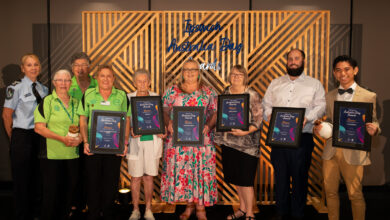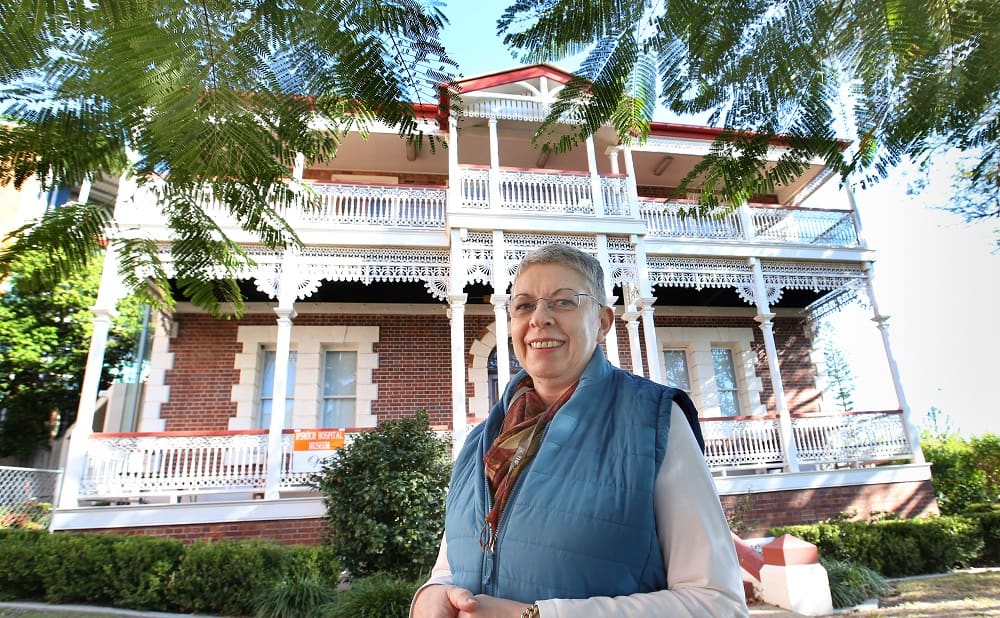
Have you ever walked down the long, lino halls of the Ipswich Hospital and wondered about the hundreds of thousands of patients, nurses and doctors who have walked those floors?
Medicine has advanced so rapidly in the past century, as have hospital practices. Right up until the 70s, nurses were expected to live-in for various periods of time and be unmarried.
Going back even further, the hospital used to have its own animals, including a piggery, that were used for disposal of hospital food waste.
The researchers at the Ipswich Hospital Museum have come up with some of the stories from the years gone by. They include practices that are unheard of today.
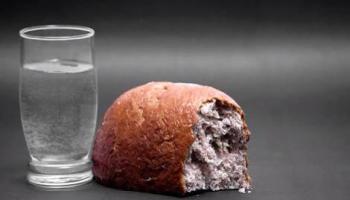
Patient behaviour management
Ipswich Hospital and Benevolent Asylum Minutes of meeting of Acting Committee and Holders 7 April 1864.
The resident dispenser reported that James Keane and James Griffiths, patients in No. 6 Ward had been guilty of very disorderly conduct. The committee investigated the matter and adjudged Griffiths be reprimanded and cautioned as to his behaviour for the future and Keane to be kept on bread and water for three days.
(Ref: the board minutes 1863-1876)
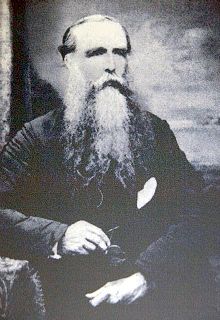
The tale of Dr Henry Challinor’s bull
The Ipswich RSL Memorial Gardens was the site of one of early Ipswich’s water supplies. Known as ‘The Pump-yard’ a natural spring located there was tapped and a pump was used to supply drinking water to the town.
Dr Henry Challinor was one of the first doctors of Ipswich and the Ipswich Hospital. He lived opposite the pump-yard, on the corner of Nicholas and Limestone streets, where the Ipswich Civic Centre is today, and he kept dairy cows and even a bull.
On one famous occasion, the water carrier King John (William Burr) was striding about in the Pump-yard opposite the doctor’s house when the bull got loose and charged him. The water pump was wrecked, King John ended up in the waterhole and the doctor got a large bill for damages.
(Ref: ‘WHAT DID IPSWICH REALLY LOOK LIKE? – 1840s to 1860s’ – Educational Kit Resource for Year 8 Students)
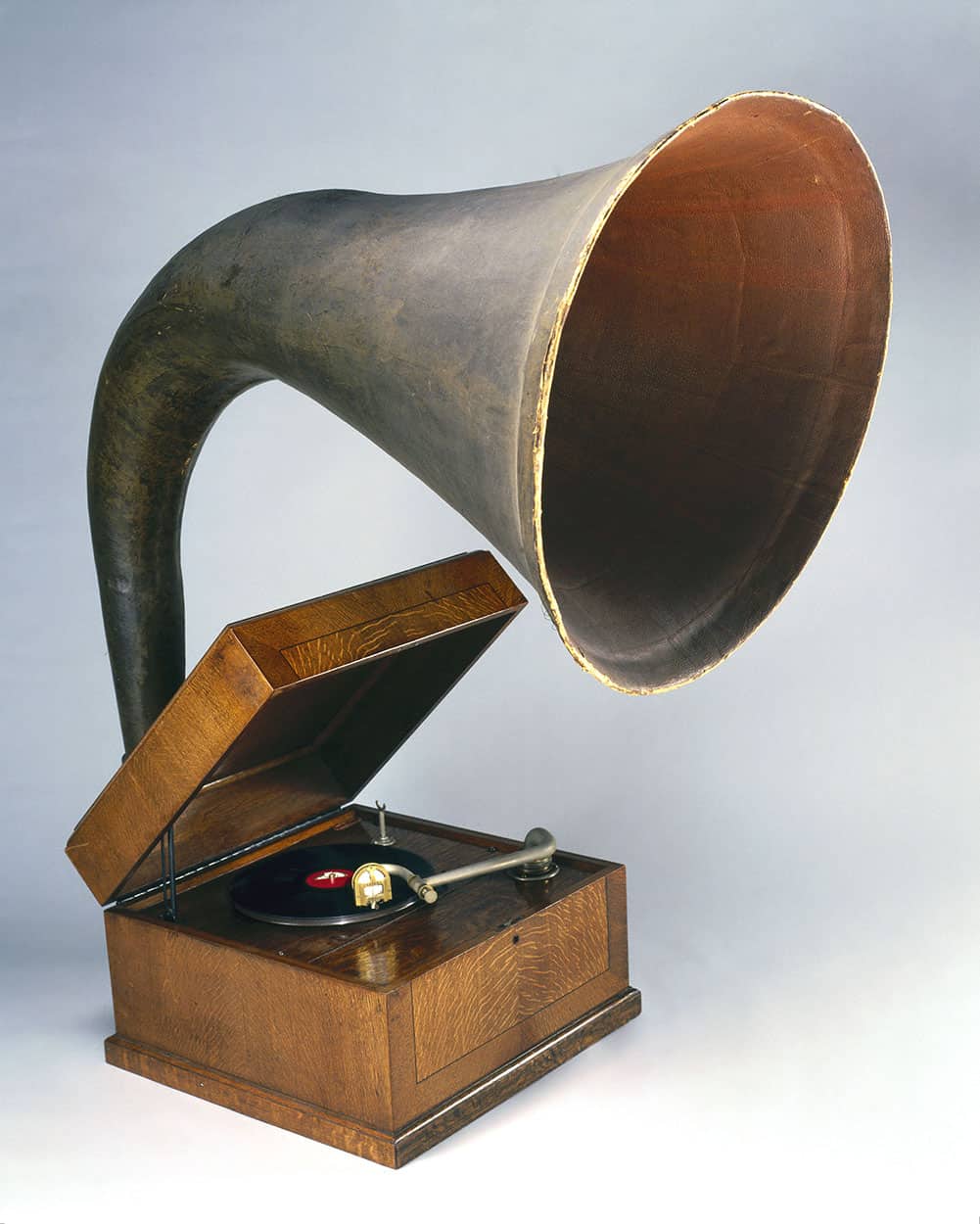
Hymns on the ward
In the late 1930s and early 1940s there was a Christian gentleman, Mr Thomas, who used to visit the hospital every Sunday with his gramophone and play hymns in each ward.
According to nurse Valma Jackson “this made Sunday mornings special and helped compensate for the fact that the junior nurses had to sweep the wards as the domestic staff were off duty”. Mr Thomas also distributed boiled lollies to all patients, including twisted barley sugar for the children.
At Christmas time and Easter the lollies were replaced with chocolates.
(A Hard and Noble Life. A History of Nursing at the Ipswich Hospital by Margaret Cook.)
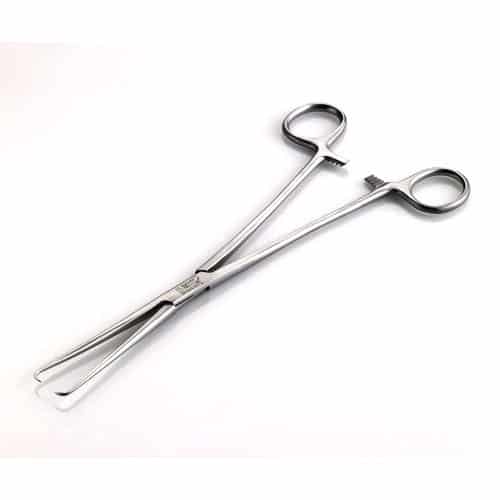
Theatre nurse, crumbs and forceps
Junior nurses in theatre had to go to Women’s Surgical each morning and make a cup of tea and get two slices of brown bread, cut to the exact size, for Sister Thoms and she would eat it as she set up theatre. If some crumbs dropped on the surgical set-up, she’d pick them off with the forceps.
(Ipswich Hospital Our Golden Anniversary 1946-1996)
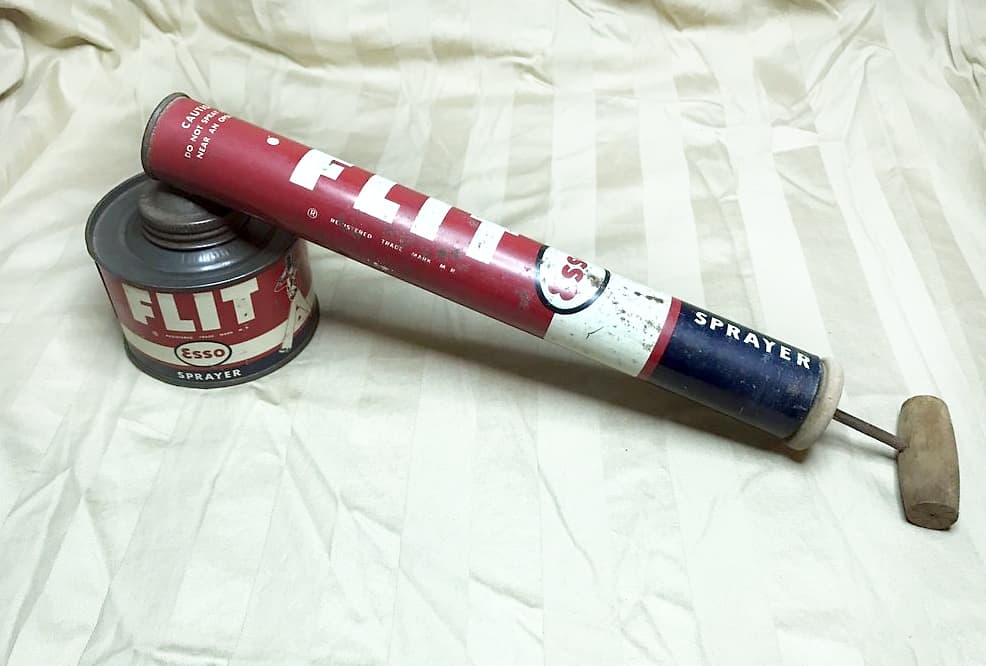
Flitting flies
On one occasion a small, disreputable and very dirty and smelly man was admitted to the male surgical ward for observation. He was placed on the veranda.
Sister Catherine (Kitty) Evans wrote in her report regarding the patient that “nurses are to flit around his bed frequently”. Flit was the popular fly spray in use at the time.
“I don’t think we had time to do much ‘flitting’ but we certainly used the fly spray,” Sister Evans said.
(A Hard and Noble Life. A History of Nursing at the Ipswich Hospital by Margaret Cook.)
The Ipswich Hospital Museum is on the ground floor of the renovated Jubilee building on the grounds of Ipswich Hospital, adjacent to Court St.
The museum is open every Wednesday from 9am – noon and other times for groups by appointment. Entry is free.

